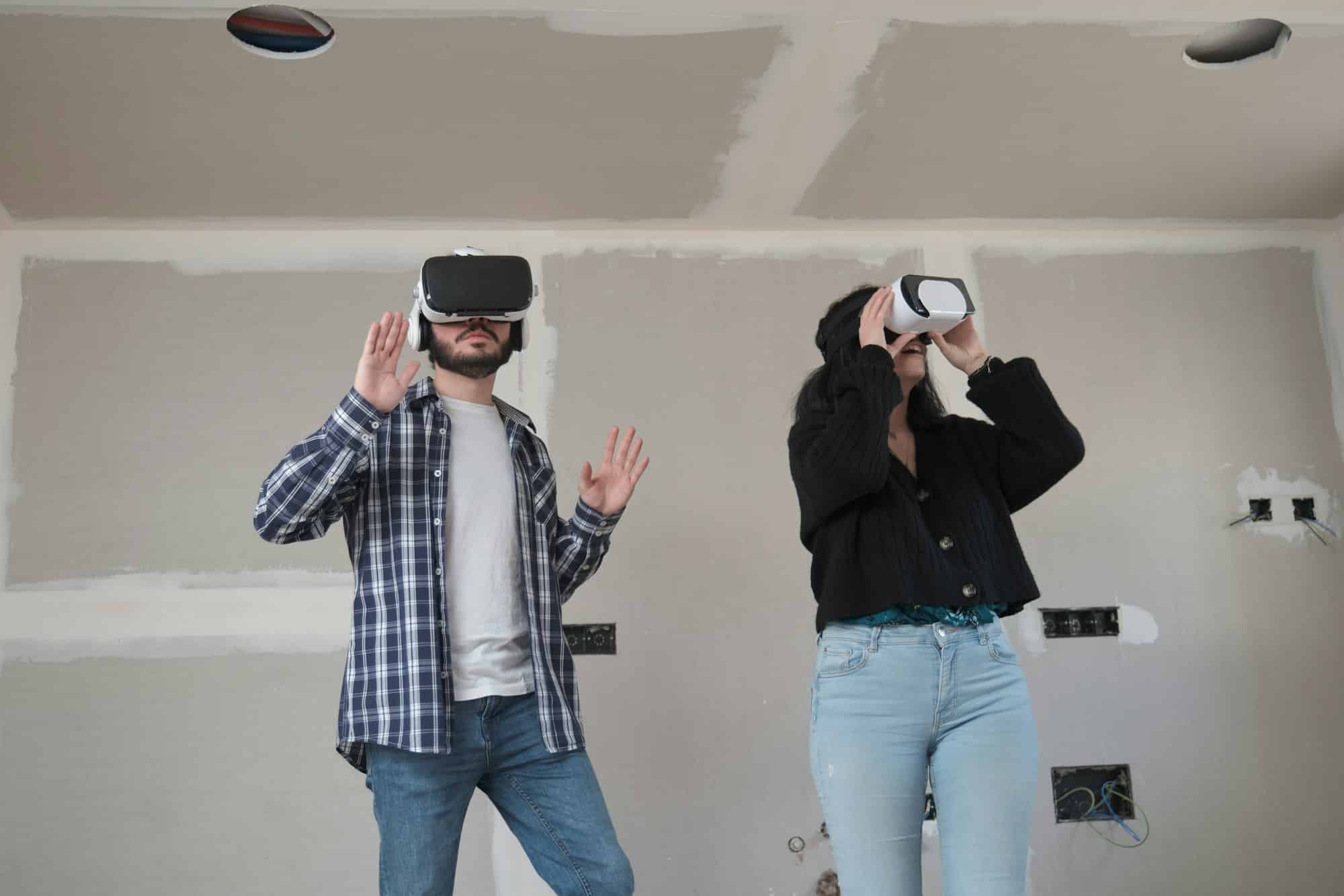How to Conduct Virtual Real Estate Showings for International Buyers?

In this digital age, the world of real estate sale and purchase has transcended geographical boundaries. More and more international buyers are showing interest in properties located across the globe. This surge in interest has led to the rise of virtual real estate tours, a phenomenon that allows potential buyers to experience a property without stepping a foot outside their current location. This article aims to provide you with a comprehensive understanding of conducting effective virtual real estate tours for international buyers.
Harnessing the Power of Virtual Reality
Virtual reality (VR) has revolutionized the way we experience the world. It has created opportunities that seemed impossible a decade ago. In the real estate industry, it has manifested in the form of virtual property tours.
Dans le meme genre : What Legal Protections Should Landlords Implement When Renting to Students in University Towns?
When you use virtual reality to showcase a property, you aren’t just showing a house – you’re offering an experience. The potential buyer, seated in their home, perhaps thousands of miles away, can feel as though they are actually walking through the property. VR offers a sense of presence that pictures or even video tours can’t match.
This technology is accessible to real estate agents through software that turns 360-degree photographs into a virtual tour. These tours can be viewed through VR headsets or even on a computer screen for a more immersive experience.
A voir aussi : What Are the Implications of Non-Resident Landlord Regulations on UK Property Management?
Preparing the Property for a Virtual Tour
Preparing your properties for a virtual tour is similar to staging for an open house. The first step is to ensure the property is clean and presentable. Remove any clutter and ensure all areas of the house are accessible. Light is a crucial factor in creating an appealing virtual tour, so ensure all rooms are well-lit.
Using specialized software, you can capture 360-degree photos of every room. These images will be stitched together to create the virtual tour. Remember, the aim is to provide buyers with an accurate representation of the property. So, it is crucial to capture every part of the house, including the exterior.
Engaging Buyers with Virtual Tours
Creating a virtual tour is just the first step. The real task is to engage your potential buyers with these tours. You need to market your virtual tours effectively to reach your target audience. Social media platforms, email marketing, and your agency’s website are excellent platforms to showcase your virtual tours.
Video marketing is another effective tool. Along with VR tours, you can create video walkthroughs of your properties. These can be accompanied by a voiceover to give viewers a guided tour experience. You can highlight key features of the property and the surrounding neighborhood, providing potential buyers with valuable information.
Onboarding International Buyers
The virtual world knows no boundaries, making it an excellent platform to attract international buyers. It saves time and money as buyers don’t have to travel to see the property. But, even in this virtual interaction, it’s important to maintain a personal touch.
Firstly, ensure the virtual tours and other marketing materials are available in different languages. This will help in breaking the language barrier and reaching out to a wide range of potential buyers. You can also host live virtual open houses, where you walk through the property virtually while interacting with potential buyers in real-time.
Managing the Sale Virtually
Once an international buyer shows interest in your property, you need to manage the entire sale virtually. This includes negotiations, paperwork, and the closing process. Use secure, digital platforms for all transactions and ensure all documents are legally binding.
While conducting virtual real estate tours and managing an entire sale virtually may seem challenging, it opens up a whole new world of possibilities. It allows you to reach out to a global audience and helps buyers find their dream property from the comfort of their homes. Adapt to this digital revolution, and you will be at the forefront of the virtual real estate market, catering to a diverse range of international buyers.
Navigating Legalities for International Transactions
While the digital sphere offers a plethora of opportunities to connect with international buyers, it’s also crucial to consider the legal aspects of selling properties across borders. Not all countries have the same real estate regulations, and you need to be prepared to navigate these differences to ensure a smooth transaction.
First, be aware of the buying process in the potential buyer’s country. Some countries might have restrictions on overseas property ownership, while others may have specific tax laws for international buyers. This knowledge will help you provide accurate information to your potential buyers and avoid any legal complications down the road.
Additionally, currency exchange rates can significantly impact the cost of a property for an international buyer. It’s important to have a clear understanding of these rates and how they might fluctuate. You can offer to connect the buyer with a trusted financial advisor or a currency exchange specialist to help them with these matters.
Moreover, you should also take into account the fact that closing a deal could involve different time zones. This could affect communication and the timing of transactions. Hence, patience and flexibility are key when dealing with international buyers.
Finally, it’s essential to ensure that all documents, contracts, and agreements are legally binding in both the seller and buyer’s countries. Legal advice from an international real estate lawyer would be beneficial in this regard. You can offer to connect the buyer with a trusted lawyer to help them throughout the process.
Conclusion: Embracing the Future of Real Estate Showings
The advent of virtual tours has revolutionized the real estate industry, making it possible for estate agents to reach out to potential buyers regardless of geographical location. Virtual reality technology not only enhances the buyer’s experience but also makes the process more efficient and cost-effective.
Virtual staging, coupled with a comprehensive online marketing strategy, can significantly increase the visibility of your properties. Not only does it allow international buyers to view the properties from the comfort of their homes, but it also gives them an immersive experience, increasing the chances of a sale.
Moreover, the use of trusted and secure digital platforms for transactions can make the entire sale process more streamlined and convenient. From conducting virtual open houses to managing the sale virtually, technology has indeed provided valuable solutions to the challenges of international real estate transactions.
However, it’s important to remember that even in this digital age, the human element should not be overlooked. Maintaining a personal touch, understanding your buyer’s needs, providing accurate information, and offering a seamless experience are all crucial factors for success in the real estate industry.
So, whether you’re a seasoned estate agent or a newbie in the industry, embracing virtual real estate showings and the digital revolution is the key to catering to a diverse range of international buyers and staying ahead in the competitive real estate market.
